A day before Donald Trump’s “reciprocal” tariffs are scheduled to kick in, the US president appears locked in a high-stakes game of chicken, with the world’s economy hanging in the balance.
Some nations labelled “worst offenders” are scrambling to make nice with the White House to end this game before it reaches a potentially devastating climax.
China, in contrast, is playing a different game, one of retaliation and resistance.
Meanwhile, Trump has pressed ahead, even as some allies – in Congress and on Wall Street – wonder if he’s going too far. On Sunday, when asked what level of market fall he would tolerate before changing course, he snapped that it was a “stupid question”.
So is it all a negotiating tactic as many investors and politicians hope – or is he playing a longer game aimed at permanently restructuring the global economy and America’s place in it? In this new world, whether a country is an ally or an adversary depends on whether that nation is giving the US a good deal.
On Monday afternoon, Israeli Prime Minister Benjamin Netanyahu, the first world leader to visit the president since his trade announcement, tried his hand at playing Trump’s new game. He pledged that his nation – which has been slotted for tariffs of 17% – would drop its trade barriers and move to eliminate its trade surplus with the US.
“We think it is the right thing to do,” he said. “I think Israel can serve as a model to many countries that ought to do the same.”
Other nations appear to be pursuing a similar strategy in the hopes of a positive result.
Japanese Prime Minister Shigeru Ishiba called Trump on Monday morning, prompting Treasury Secretary Scott Bessent to state that the US was beginning negotiations with the nation to “implement the president’s vision for the new Golden Age of Global Trade”.
European Commission President Ursula von der Leyen said Europe was “ready to negotiate” with the US, offering a mutual reduction of tariffs on industrial goods to zero – a proposal that Trump praised during remarks at the Oval Office, while saying it was still “not enough”.
There were no such gestures from China. On Monday morning, America’s top economic competitor announced that it was responding to Trump’s 34% tariff increase with an additional 34% of its own.
That prompted Trump to threaten another 50% to US tariffs on China if it does not back down by Tuesday.
“China has chosen to isolate itself by retaliating and doubling down on previous negative behaviour,” Bessent posted on X. “Over 50 countries have responded both openly and positively to Donald Trump’s historic action to create a fairer, more prosperous system of global trade.”
China’s reaction to Trump’s latest move was equally blunt.
“We have stressed more than once that pressuring or threatening China is not a right way to engage with us,” Chinese Embassy spokesperson Liu Pengyu told BBC partner CBS News. “China will firmly safeguard its legitimate rights and interests.”
Such a series of reactions and reprisals from China and the US appeared to be exactly what investors feared last week, as American stock indexes dropped by double-digit percentages.
By Monday a growing chorus of business leaders were speaking out against Trump’s tariff plan, including Wall Street financiers who had been strong public supporters of his administration – trying, it appeared, to get the president to back down by force of will alone.
Meanwhile, US markets were poised to jump at any reason for hope. When a social media post on Monday morning indicated that the president was contemplating a 90-day delay on new tariffs – perhaps drawn from a misinterpretation of comments made by Trump economic adviser Kevin Hassett on Fox News – US stock indexes soared. The S&P 500 index added $2.4tn in market value for about 10 minutes, only for it to all vanish once the White House quickly denied the president was contemplating such a move.
Trump further closed the door on Monday afternoon, saying he was not “looking at” any kind of delay. It was still full speed ahead on tariffs.
“We’re going to have one shot at this,” he said.
Perhaps the most concerning message for investors and foreign leaders hoping for a last-minute reprieve – and an exit ramp to stability – came from one of Trump’s top trade advisers, Peter Navarro.
“This is not a negotiation,” he wrote in a Financial Times opinion piece published on Monday afternoon. “President Trump is always willing to listen. But to those world leaders who, after decades of cheating, are suddenly offering to lower tariffs – know this: that’s just the beginning.”
So if this is about the start of broader systemic change – what is the desired end goal worth potentially tanking the global economy?
One theory is that Trump has a plan with several of his top advisers – the “Mar-a-Lago accord”, it is called – with the ultimate goal of compelling America’s trading partners to weaken the US dollar on the international currency exchange. Such a move would make American exports more affordable to foreign markets and diminish the value of China’s large reserves of US currency.
It’s a plan pushed by Trump economic adviser Stephen Miran, although he has denied that it is current administration policy.
That’s just one of the possible explanations for the current stock market mayhem that Trump has purposefully instigated – one that many other prominent economists warn is risky. It is far from the only one.
Ever since Trump shocked the world with his sweeping tariff plan, White House officials have fanned out across media to preach patience and offer a selection of sometimes contradictory explanations as to the strategy behind Trump’s global trade war. He is doing it to raise revenue and protect American industry – or as a negotiating tool. The tariffs are permanent – or they are temporary. They will prompt individual deals with other nations – or compel some grand multilateral agreement.
As Trump presses on to Wednesday’s tariff cliff with no signs of backing away, he seems willing to keep the world guessing.

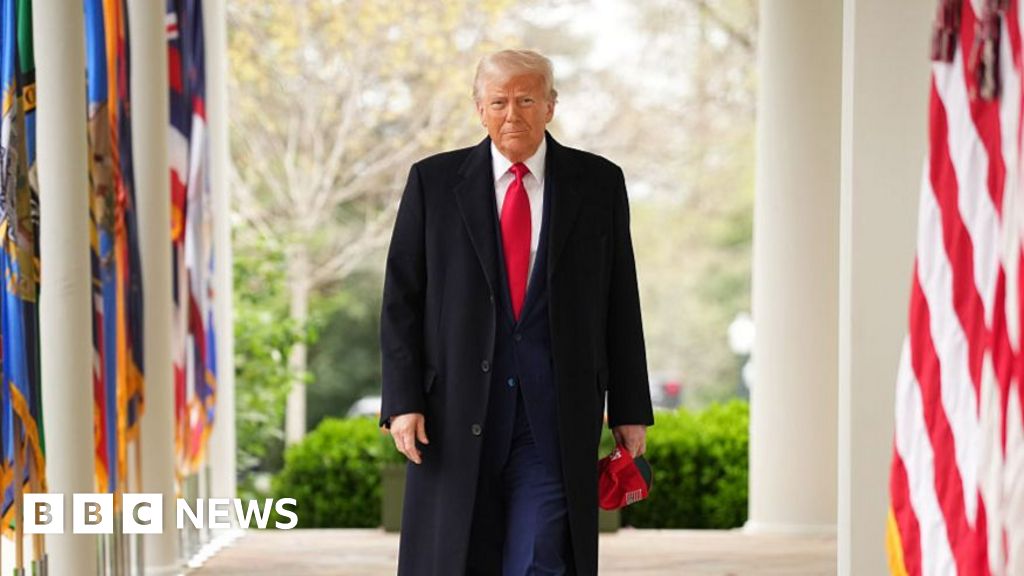


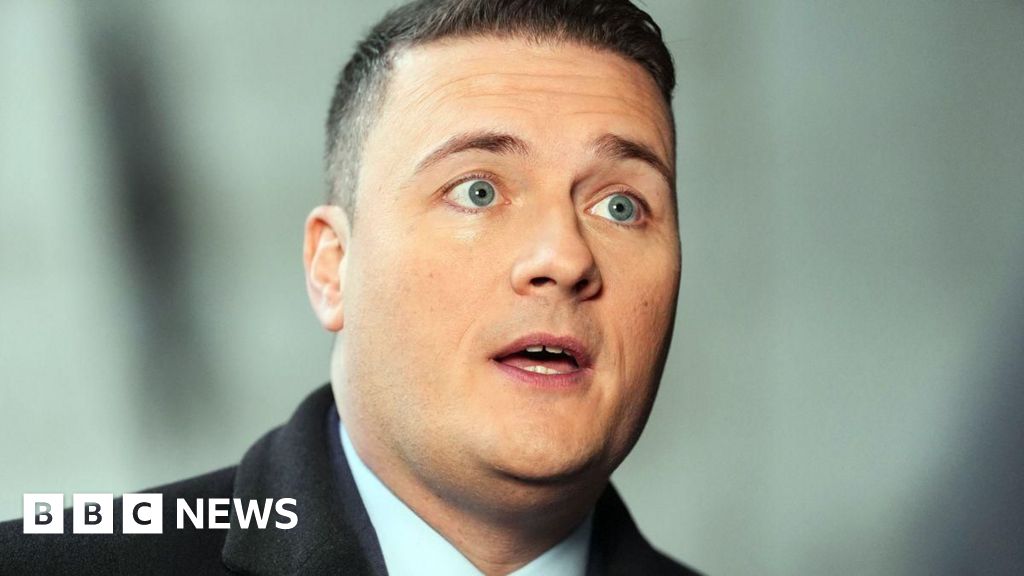

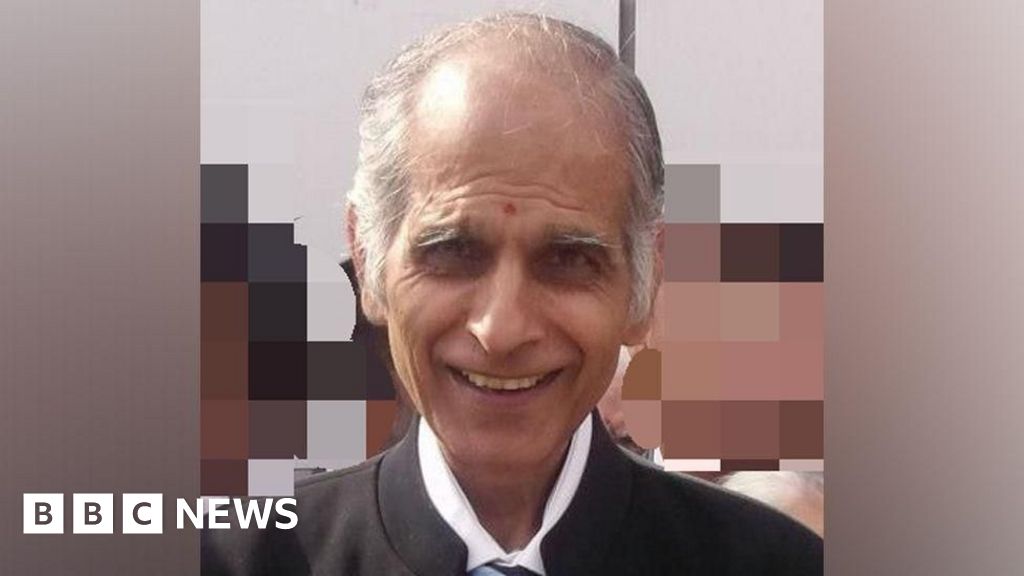

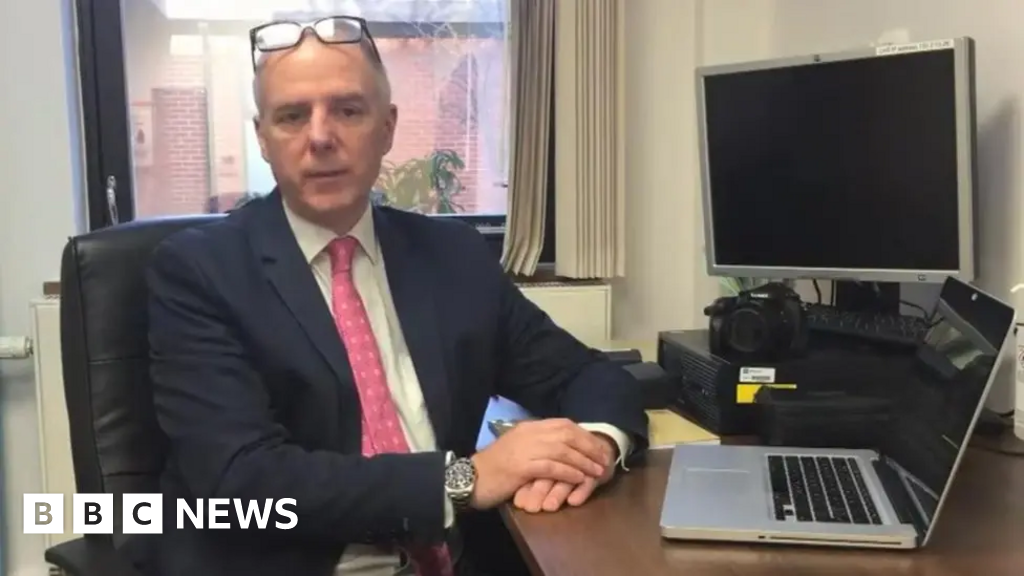


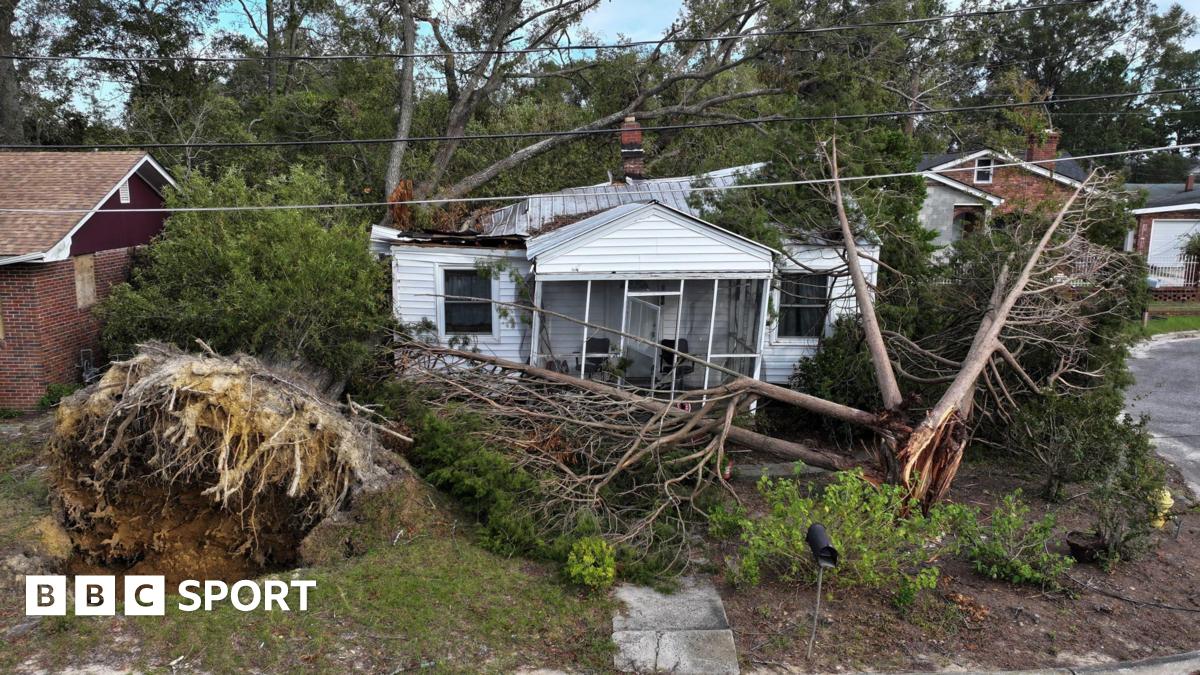




Leave a Reply